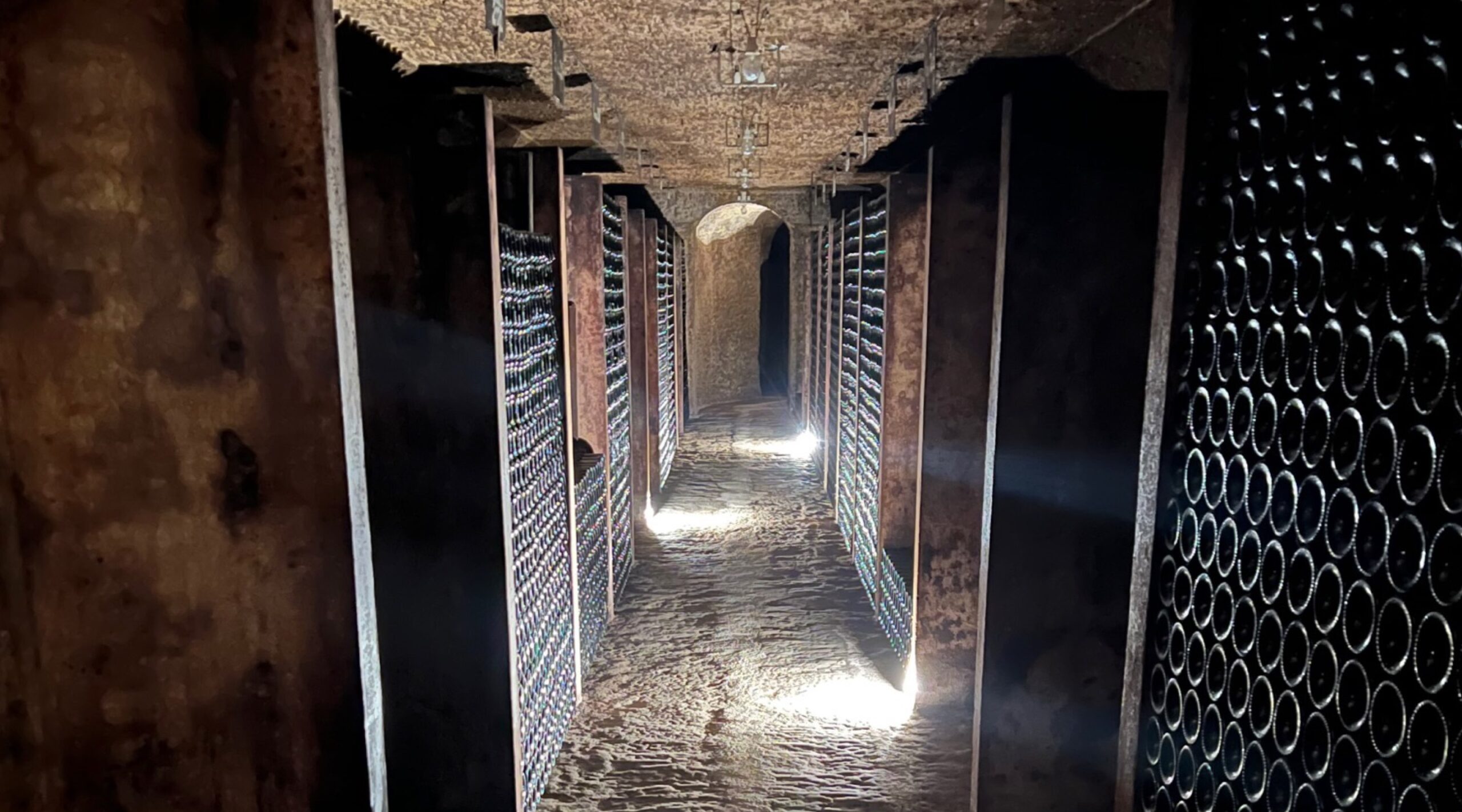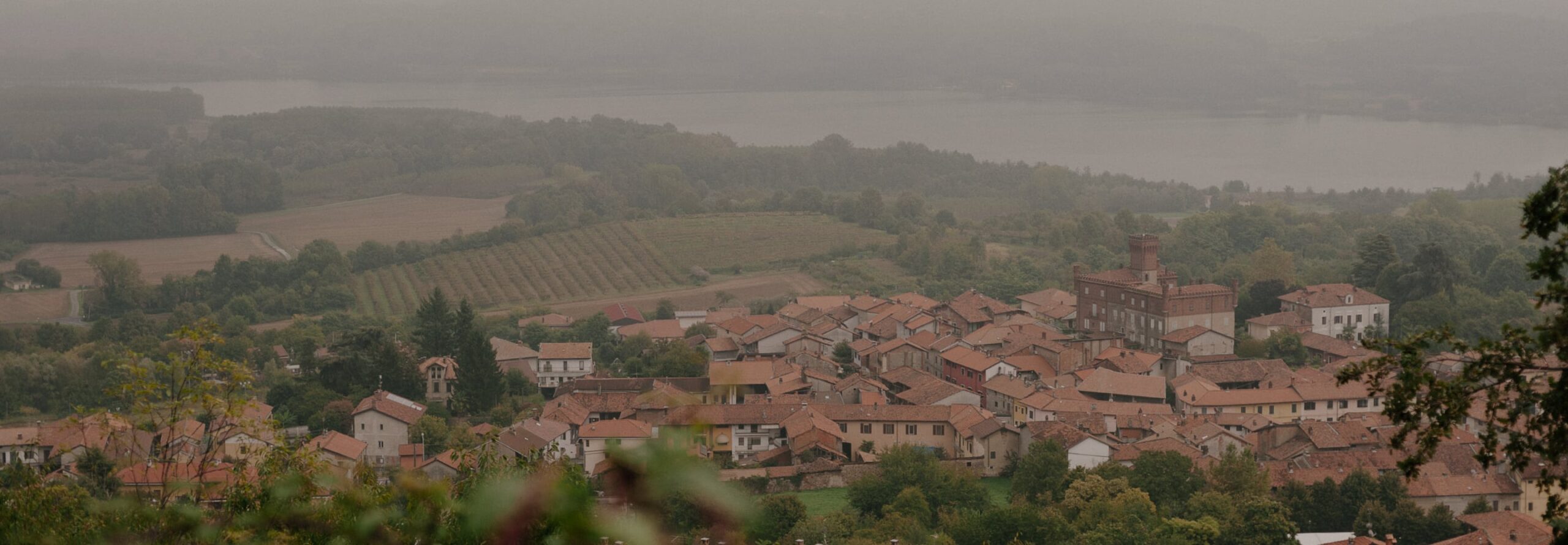Philippe assumed the direction of the domaine in 1983 upon the retirement of his father, André. Since 2015, Philippe works alongside his son Vincent, who continues the family’s tradition of crafting some of the greatest white wines anywhere. The domaine consists of 11 1/2 hectares planted to Chenin Blanc, located in the northeast corner of Vouvray, sited mid-hill with 100% south/southeast/southwest exposures. The principal vineyards are known as “Les Perruches” and “Les Ruettes”. The estate’s cellar was dug by hand out of the zone’s classic tuffeau limestone during Philippe’s grandfather’s time. Its raw walls, lit sparingly by the occasional hanging bulb, speak viscerally of the local terroir. Barriques blackened and weathered by time—the Foreaus use them for 20 or 30 years—flank the cave’s tunnels, and one marvels that such pure wines are birthed in such humble vessels. The entire operation, in fact, is a powerful reminder that technology is not required to make great wine.
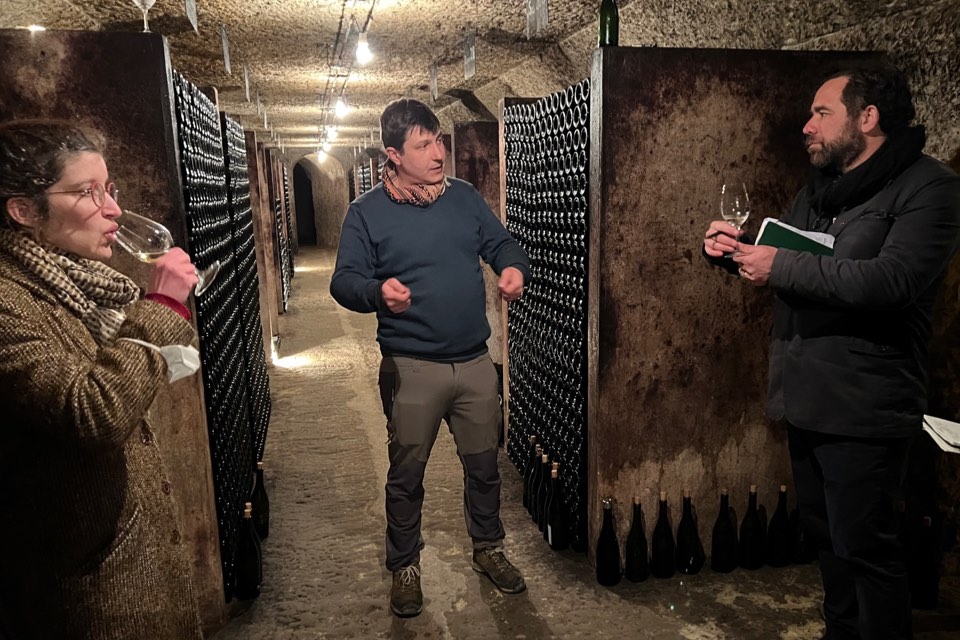
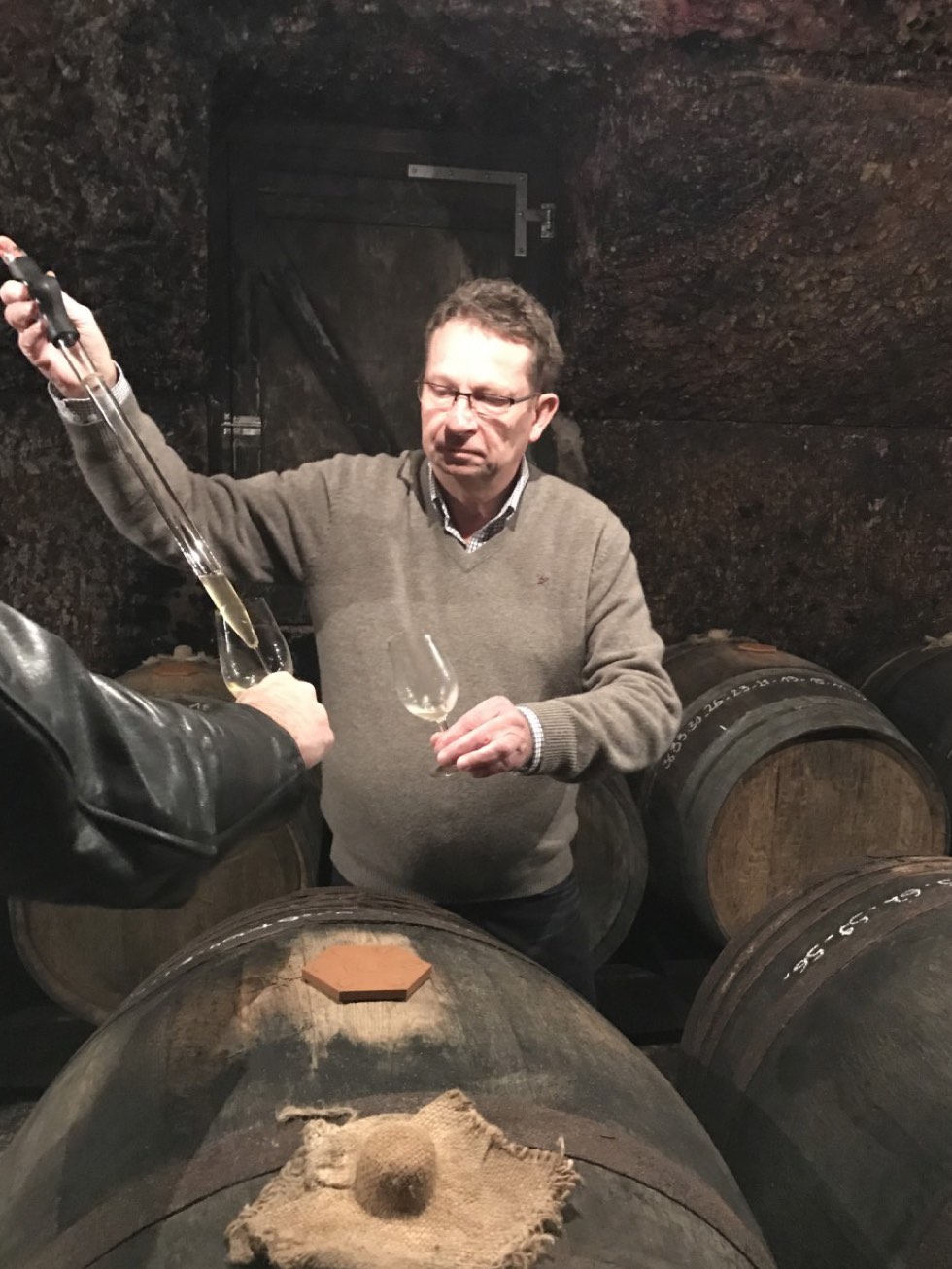
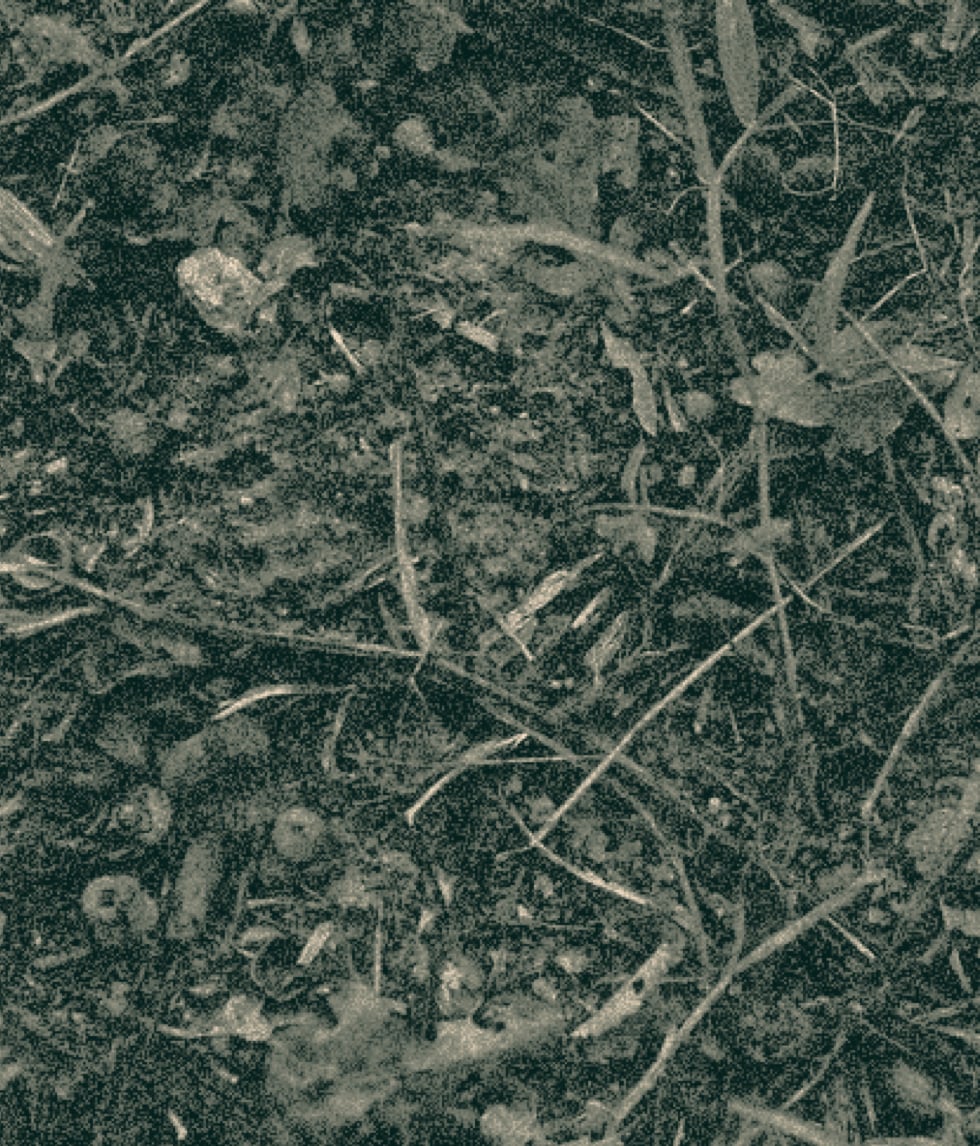
Because the Foreaus have always made their wines in the same low-key way—natural fermentation and aging in the aforementioned ancient barriques, blocked malolactic fermentation, never any chaptalization—there is a clear thread connecting current vintages to past versions. Philippe Foreau’s wines age remarkably well. Each wine exhibits an extraordinary panoply of flavors and aromas of fruit, floral and earth elements. Because we believe so strongly in these wines, we make a considerable investment in our stocks so that we maintain a series of older vintages for our clients’ pleasure.
Farming
Practicing organic
Treatments
Copper sulfate, synthetic treatments against mildew only as a last resort when entire crop is at risk, usually two synthetic treatments per decade
Ploughing
Annual ploughing to maintain vineyard health
Soils
Flint-rich limestone clay and Tuffeau chalk
Vines
Trained in Guyot and planted at 6,600 vinies/ha, vines average 45 years old
Yields
Controlled through severe winter pruning and debudding, yields average 33 hl/ha
Harvest
Entirely manual, in a series of tries usually lasting from mid September to late October
Sourcing
Entirely estate fruit
Fermentation
Wines ferment spontaneously in 300-l oak barrels (less than 5% new)
Extraction
Light bâtonnage during fermentation, only to counter reduction during élevage
Chaptalization
None
Pressing
Pneumatic, whole-cluster direct pressing
Malolactic Fermentation
Blocked by naturally high acidities
Élevage
6 months in 300-l oak barrels (less than 5% new)
lees
Still wines remain on their fine lees until assemblage prior to bottling. Sparkling wines remain sur lattes for at least 48 months, with réserve sparkling wines spending at least 60 months sur lattes.
Fining and Filtration
sulfur
130-150 mg/l total sulfur
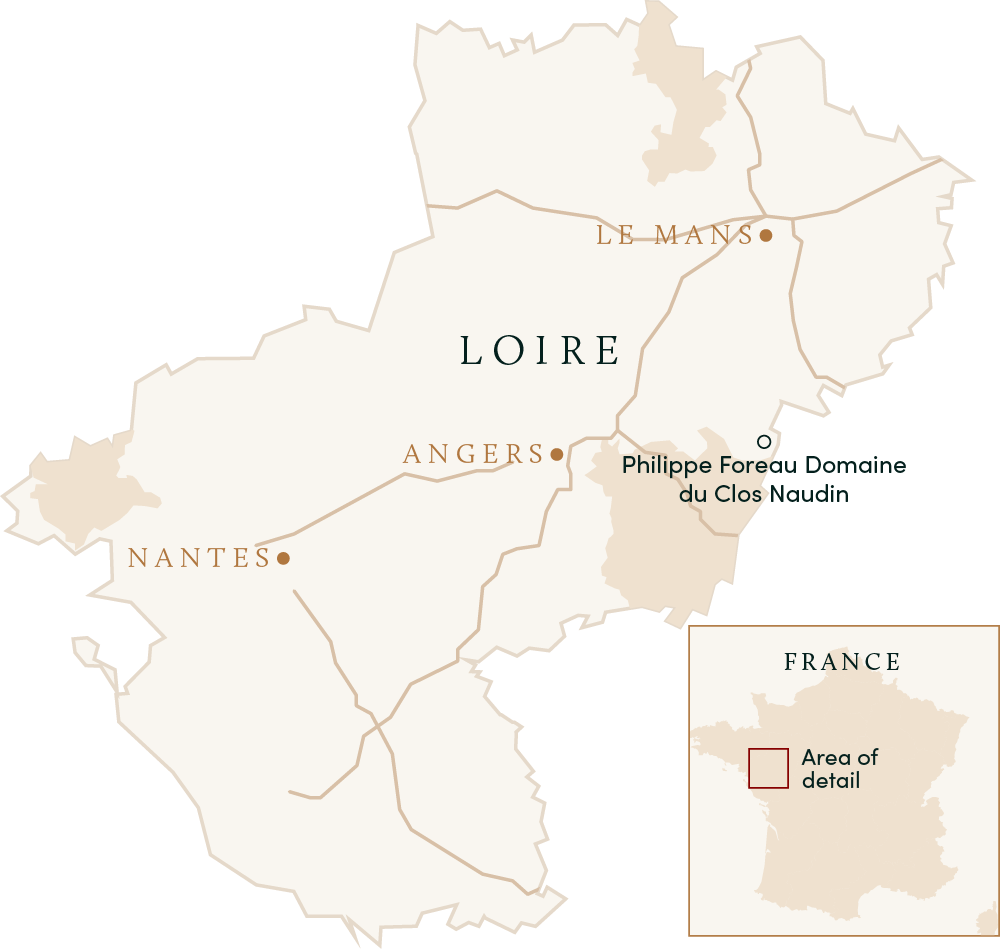
Optional caption text here lorem ipsum
